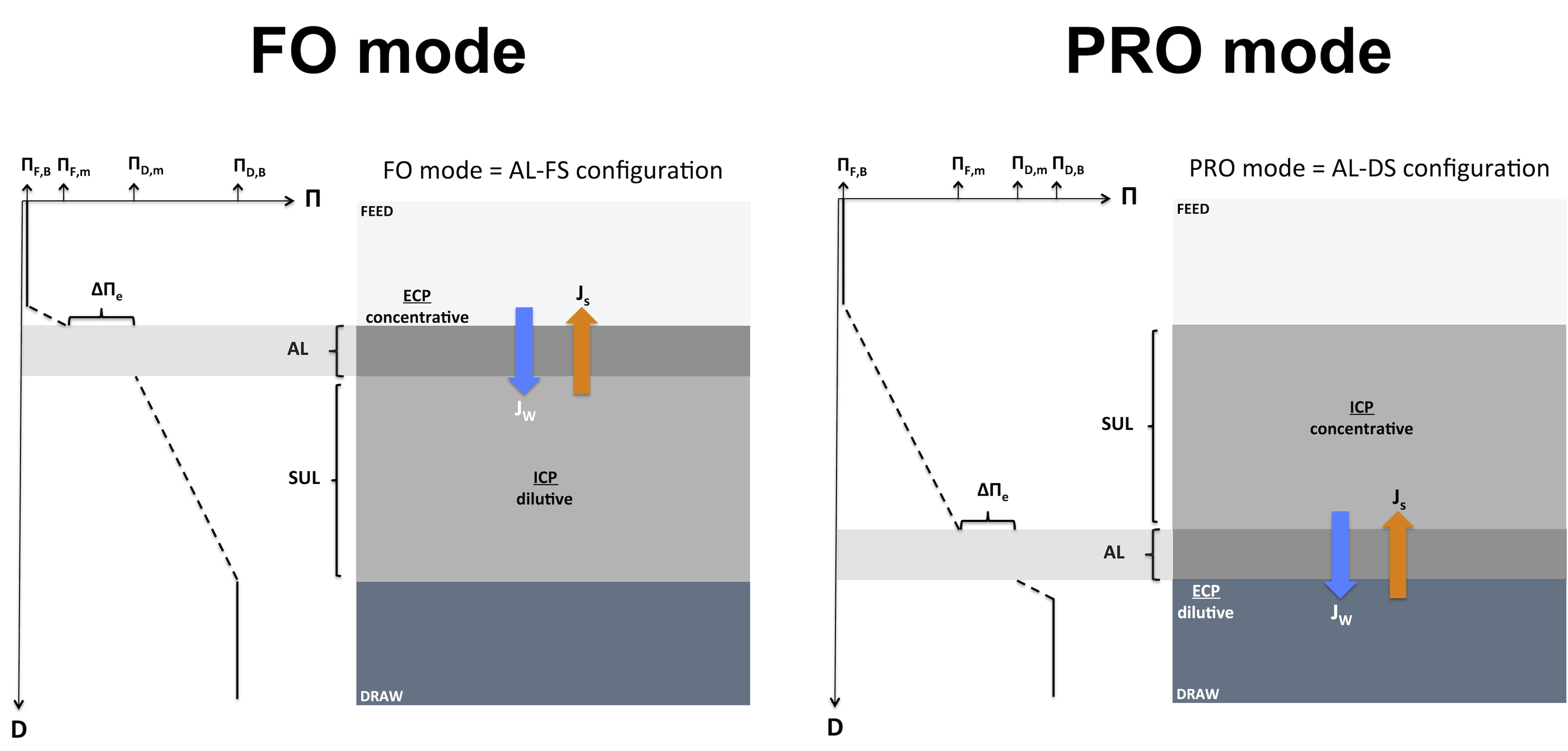

It is now clear that the Sec61 complex does not have a monopoly on co-translational insertion, with some transmembrane proteins preferentially utilising the ER membrane complex instead. We propose that the Sec61 complex acts as a dynamic hub for co-translational protein translocation at the ER, proactively recruiting a range of accessory complexes that enhance and regulate its function in response to different protein clients. Over thirty years after its initial discovery, we now understand that the Sec61 complex is in fact the central piece of an elaborate jigsaw puzzle, which can be partly solved using new research findings.

Whilst Sec61-mediated protein translocation is typically coupled to polypeptide synthesis, suggestive of significant complexity, an obvious characteristic of this core translocation machinery is its surprising simplicity. In view of many such possible complications that are almost impossible to predict, the relatively good agreement between experiment and prediction is remarkable.The Sec61 complex is the major protein translocation channel of the endoplasmic reticulum (ER), where it plays a central role in the biogenesis of membrane and secretory proteins. These estimates obviously are extremely crude because they are based on the sums of many differences of large numbers, which may compound small errors into large ones, and because contributions from tertiary structure and fine-tuned lipid interactions, such as those discussed below, are neglected. This is –13 to –110 cal/mol per residue, if 80 residues fold into the β-barrel. Because the scale only considers transfer of residues from water into the hydrophobic environment, we conclude that –1 to –9 kcal/mol of energy likely comes from folding.
#MEMBRANE PRO FREE#
A simple calculation of the free energies of transfer of the approximately 8 × 10 residues of OmpA that span the membrane using the augmented WW scale yields a value very close to zero (+0.95 kcal/mol) if one takes into account that two Arg–Glu pairs form salt bridges in the interior of the barrel ( 15). This is consistent with theoretical free energy estimates for α-helical ( 31) and β-barrel ( 32) membrane proteins from whole-residue hydropathy values taken from the thermodynamically derived Wimley–White (WW) hydropathy scale ( 31).

The free energies of transfer of unfolded OmpA into membranes coupled with folding are rather small (0 to –8 kcal/mol depending on lipid species). This effect was most pronounced for the shortest acyl chain lipid diC 10PC and least pronounced for diC 14PC. The resulting free energy and m value, i.e., a measure of cooperativity, of unfolding are \(\begin\) and m decreased proportionally to the amount of the guest lipid fraction in the bilayer ( Fig. Folding is shown to be two-state under appropriate conditions permitting data analysis with a classical folding model developed for soluble proteins. Here, we describe the design of a fully reversible system to study equilibrium folding of the outer membrane protein A from Escherichia coli in lipid bilayers. Knowledge of the thermodynamic stability of membrane proteins is desirable not only from a fundamental theoretical standpoint, but is also of enormous practical interest for the rational design of membrane proteins and for optimizing conditions for their structure determination by crystallography or NMR.

It has been traditionally difficult to measure the thermodynamic stability of membrane proteins because fully reversible protocols for complete folding these proteins were not available.


 0 kommentar(er)
0 kommentar(er)
